47.379596, -94.61931
Increase resilience of black ash stands threatened by emerald ash borer (EAB) through regeneration harvests aimed at increasing representation of non-ash species.
46.323033, -92.791008
Establish a fully stocked red pine stand from natural regeneration.
46.645463, -92.666523
The objective is to perpetuate red oak and mid-tolerant northern hardwoods on the site.
44.5806, -92.6123
Regenerate a mature lowland hardwoods stand to a young stand of similar composition.
44.621295, -92.66885
Regenerate a mature lowland hardwoods stand to a young stand of similar composition.
44.695476, -92.715319
Promote regeneration of floodplain tree species and prevent conversion of site to reed canary grass. Provide wildlife habitat for the next 50 to 100 years.
47.00763, -93.731335
Manage for quality hardwoods and multiple age classes through release of crop trees and allowing for regeneration of red oak and paper birch through variable density thinning.
46.275026, -93.388933
Create a high quality, structurally diverse (un-even aged) hardwood forest via implementation of a variable density treatment (crop tree release / group selection harvest).
44.600222, -92.625645
Regenerate the mature portion of a lowland hardwoods stand to a young stand of similar composition and improve health and vigor of younger portion of the stand.
44.665304, -92.731634
Regenerate mature lowland hardwood stands to young stands of similar composition.
43.903317, -92.341258
Maintain the maple-basswood native plant community including a regenerated component of oak while retaining a diverse shrub layer and maintaining or increasing the diversity of native plants in the herbaceous layer.
46.203202, -94.492236
Establish or maintain uneven aged pine-mixed hardwood stands with a significant white pine component using natural regeneration.
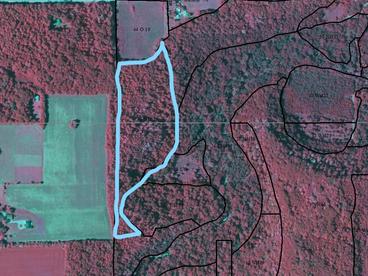
Clearcut with Reserves Harvest in Northern Hardwoods in a Mesic Oak Forest Plant Community (MN DNR)
Perpetuate an oak component through harvest and regeneration of a mature northern hardwoods stand.
Cover type: Northern hardwoods
Successful Pre-harvest Underplanting and Clearcut with Reserves Harvest for Oak/ Black Walnut Regeneration in a Southern Dry-Mesic Oak Forest NPC on the Albrecht Unit (MN DNR)
Regenerate a mature oak stand to a young stand of similar composition.
Cover type: Central hardwoods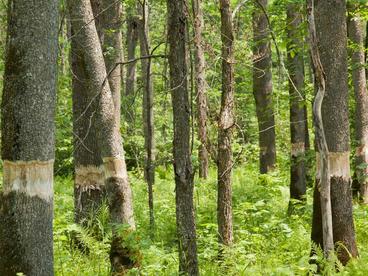
Evaluating the ecological impacts of EAB and climate change on black ash forests (Chippewa NF)
Increase resilience of black ash stands threatened by emerald ash borer (EAB) through regeneration harvests aimed at increasing representation of non-ash species.
Cover type: Ash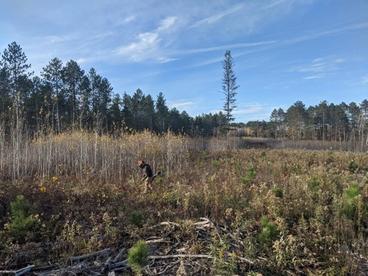
FDn33 mixedwood: using diversity to build ecological and economic resilience (CFC)
Maintain diversified composition and structure for economic and ecological resilience using a clearcut with reserves system and both natural and artificial techniques to regenerate a mix of conifers and hardwoods.
Cover type: Mixed Woods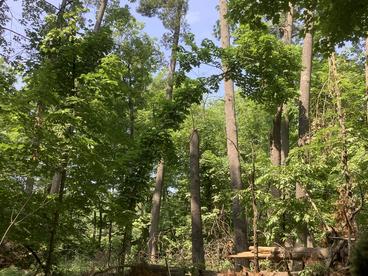
Variable Overstory Density Management for White Pine Regeneration in Two Native Plant Communities (MN DNR)
Establish or maintain uneven aged pine-mixed hardwood stands with a significant white pine component using natural regeneration.
Cover type: Mixed Woods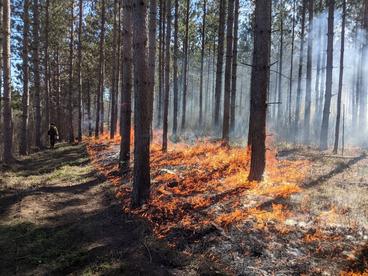
Mid-rotation site preparation and community wellness support through prescribed fire in the Otter Creek burn unit (FDL & UMN)
Promote and maintain fire-dependent forested community and conduct mid-rotation site preparation through ecocultural prescribed fire.
Cover type: Pine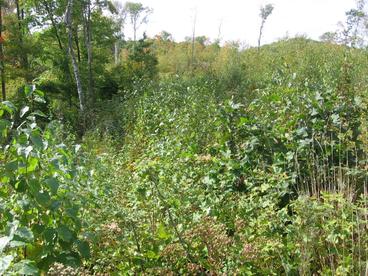
Hardwood Hill II – Northern hardwoods shelterwood with minimal scarification (St. Louis County)
The objective of this sale is to perpetuate the northern hardwood composition of the stand, retaining some species diversity on the landscape. Secondarily, we will provide a diversity of harvest species for operators and smaller mills.
Cover type: Northern hardwoods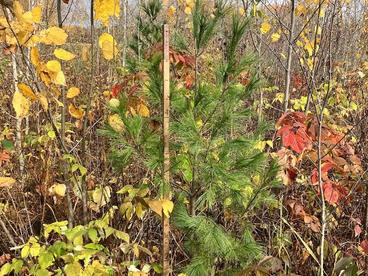
Mixed Wood Treatments (Carlton County)
Use residual patches of eastern white pine within aspen stands for future natural regeneration. Aspen stand to be harvested while white pine seedlings establish.
Cover type: Mixed Woods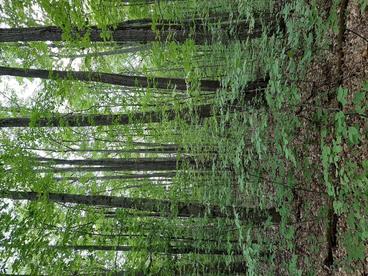
Shelterwood and slash walls to regenerate northern red oak and eastern hemlock (USFS)
Objectives of this stand include a shelterwood harvest, tending of the stand via understory cutting, constructing a slash wall for deer exclusion, and evaluating the effectiveness of excluding deer and the natural regeneration success.
Cover type: Northern hardwoods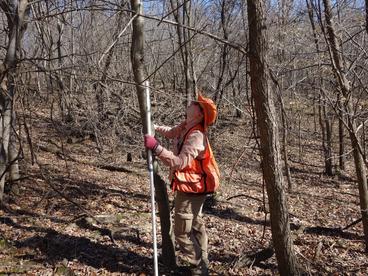
Underplanting for Oak/ Black Walnut Regeneration in a Southern Dry-Mesic Oak Forest NPC on the Buelow Unit
Regenerate a mature oak stand to a young stand of similar composition.
Cover type: Central hardwoods